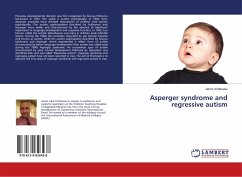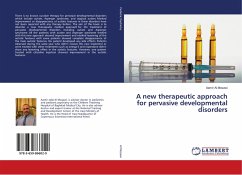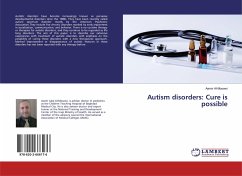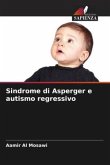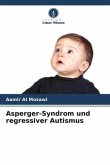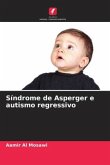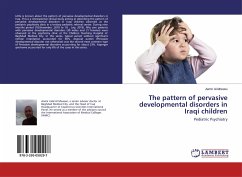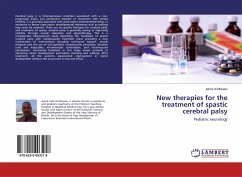Pervasive developmental disorder was first recognized by Grunya Efimovna Sukhareva in 1925. She called it autistic psychopathy. In 1938, Hans Asperger provided more detailed descriptions of children with autistic psychopathy. The autistic psychopathies described by Sukhareva and Asperger were similar and characterized by the absence of significant impairment in language development and cognitive function. In 1943, Leo Kanner called the autistic disturbances occurring in children early infantile autism. During the 1960s the condition described by Leo Kanner became well known as autism, while the autistic psychopathy described by Grunya Sukhareva and Asperger which represented a milder form of autism characterized by better language development than autism was called early during the 1980s Asperger syndrome. An uncommon type of autism characterized by early normal development followed by regression was identified later and was called "Regressive autism". Asperger syndrome and regressive autism have not been reported in Iraq. The aim of this book is to describe the first cases of Asperger syndrome and regressive autism in Iraq.
Bitte wählen Sie Ihr Anliegen aus.
Rechnungen
Retourenschein anfordern
Bestellstatus
Storno

